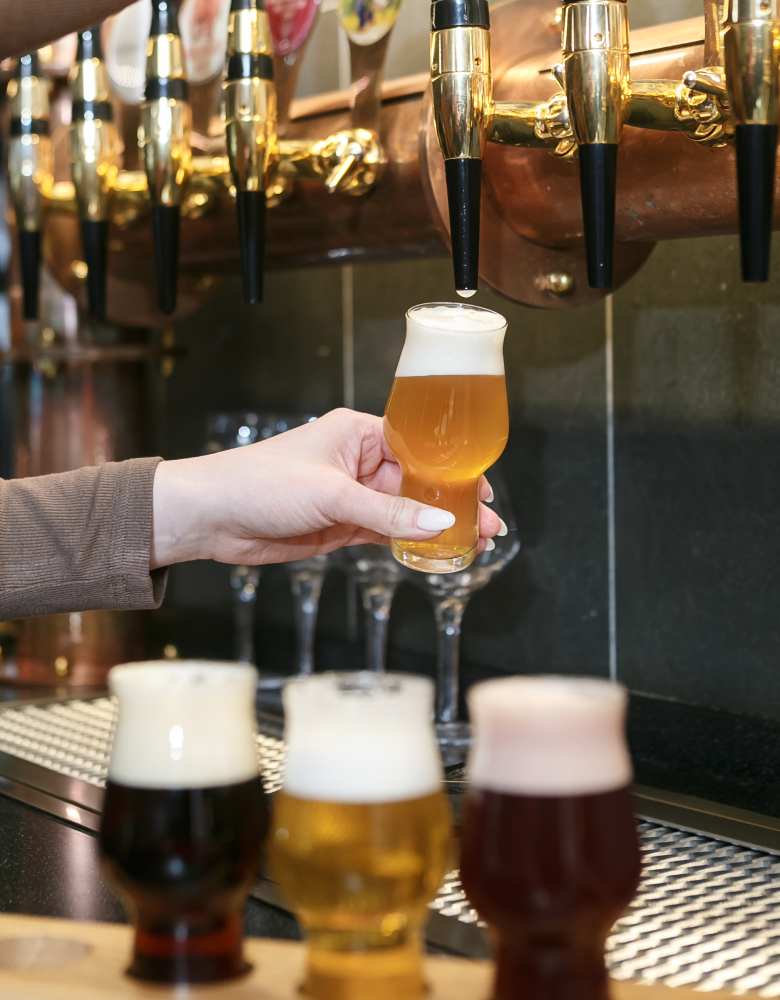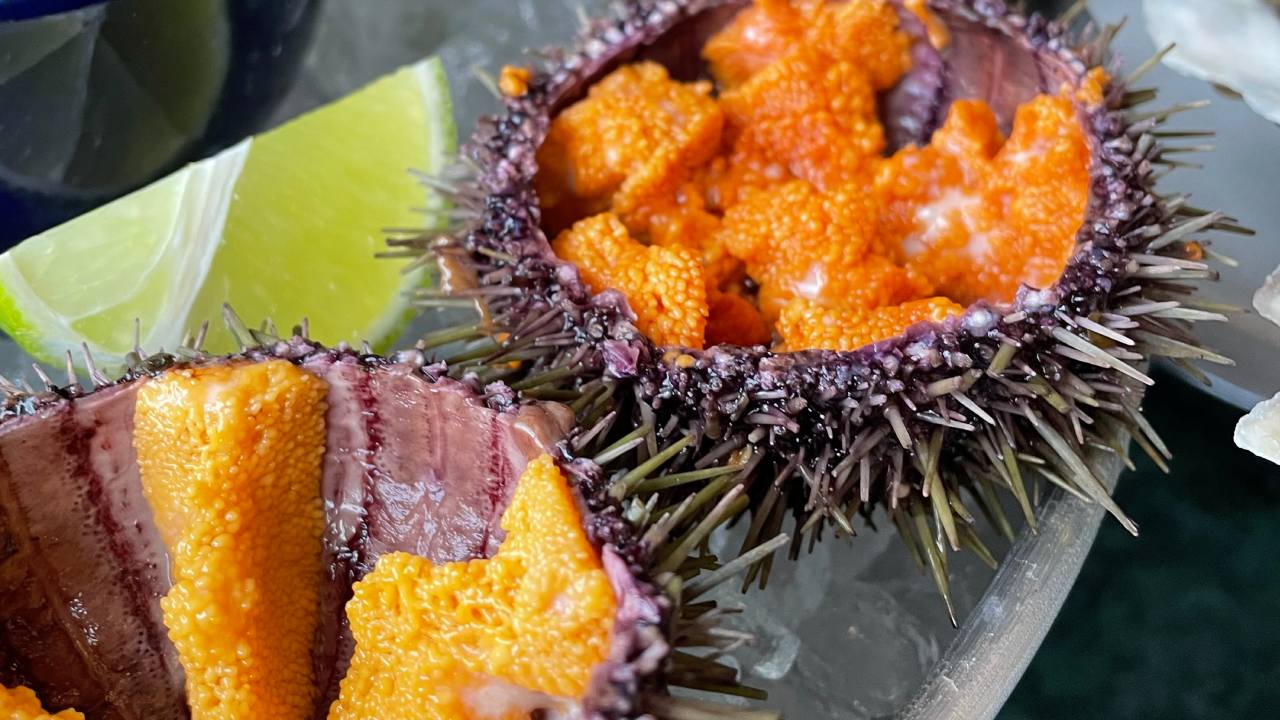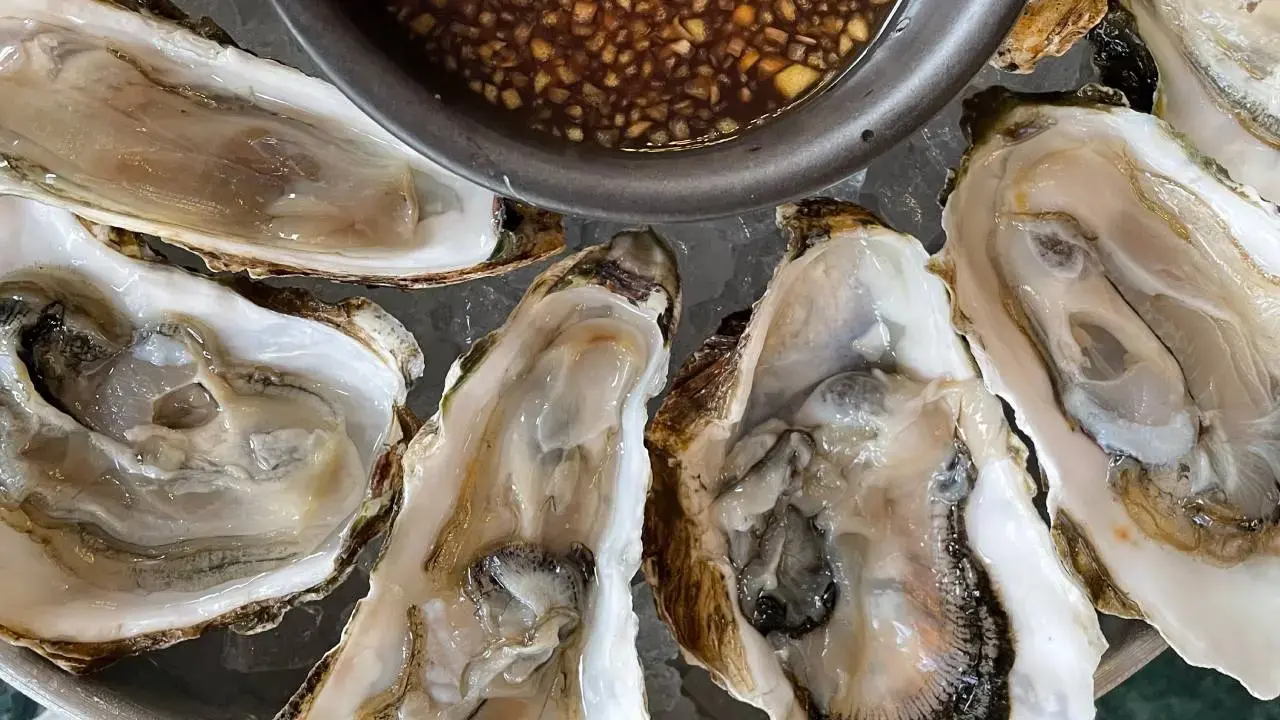Draft beer and its peculiarities: what you need to know not to lose in taste

Every day beer is becoming more and more popular in our country, and this cannot but affect the supply. Whereas previously you could only buy beer in bottles, and a single variety was poured into mugs, today, with the advent of numerous bars and craft breweries, the selection of beers on tap has become much greater. And sometimes it is as large as, or even larger than, the bottled menu. Does this way of serving beer have any peculiarities?
Myths and Truth
Many uninformed beer drinkers are convinced that even if you take the same beer, draft beer will taste different from bottled beer. Some people think that bottled beer is better, others — on the contrary, because in bars and restaurants it is allegedly diluted, but the essence does not change. In fact, both are wrong: there is no difference in taste. It is the same drink, packaged in different containers — a bottle, can or keg.
Taste can be affected by the unscrupulousness of the seller — if the beer is bottled or stored improperly, it can affect the product. For example, the bottling structure is not clean enough, beer is not stored in a specially equipped room, but under the bar, and so on. Also, the taste can be affected by low traffic in the bar — beer that stays on tap for weeks can lose its flavor qualities. Therefore, it is important to choose a proven beer restaurant — and then the draft beer will definitely not differ in taste from the bottled beer.
Another myth associated with draft beer is that it is fresher than bottled beer. We're used to the idea that draft and bottled beer is always better than boxed and bottled beer. But this is also a misconception: beer in kegs has a shelf life of its own. For example, Belgian draft beer usually "lives" from 6 months to a year. Truly fresh can be called only that drink, which hit the table a few days after production. All other variants in terms of freshness will not differ from the product in bottles.
If you are visiting a beer restaurant for the first time, it is better not to take the risk — order light varieties that are not distinguished by a complex rich taste. Bottled beer is more difficult to "spoil," so it is better to choose it for tasting exquisite drinks. On the contrary, if a place inspires confidence, like the Lambic brasserie chain, you can experiment. The advantage of draught beer is that you can order any portion, even a set of the smallest volume glasses, and get acquainted with a large number of varieties in one visit.

A prickly delicacy: how sea urchins conquered the world
Contents How It All Began How Sea Urchins Became a Delicacy Characteristics of Sea Urchin How to Eat Sea Urchin Properly in a Restaurant Health Benefits of Sea Urchin Which Sea Urchins Taste the Best Interesting Facts About Sea Urchins He may look unappetizing and even a bit intimidating, but only until he appears on your plate. We are talking about the sea urchin — a popular delicacy valued for its unique flavor and delicate, creamy texture. What makes sea urchin so special, how long people have been eating it, and how to enjoy it properly in restaurants — all of this is covered in this article. How It All Began Archaeological findings show that sea urchins have been consumed for thousands of years. Their spines are discovered at ancient human sites all over the world — from the coast of Chile to South Africa and Japan. The ancient Greeks and Romans were particularly fond of them. For them, the sea urchin was not just food but an object of reverence. Aristotle described its anatomy in detail, calling it a «sacred animal.» The Romans, known for their refined taste, highly valued the flavor of sea urchins and even depicted them on coins and ceramics as symbols of fertility and the abundance of the seas. But the true pioneers and greatest admirers of sea urchins were the Japanese. In the Land of the Rising Sun, where it is known as uni, sea urchin has been eaten for centuries. Japanese cuisine is based on freshness and minimal processing, and the delicate, complex flavor of sea urchin roe fits perfectly into this philosophy. How Sea Urchins Became a Delicacy For a long time, sea urchin remained a local product. It was mostly eaten by fishermen as an accessible source of protein. Its transformation into a global delicacy began in the second half of the 20th century and was driven by two key factors: — Japanese culinary influence. As sushi culture spread around the world — first in the US and later in Europe — people discovered not only tuna and salmon, but also other seafood. Sea urchin became an ingredient in the most refined types of sushi and sashimi.— The rise of haute cuisine. Chefs, always searching for new unique flavors and textures, turned their attention to sea urchin. They began using it not only in Japanese dishes but also in complex sauces, pastas, risottos, and even desserts. As with oysters, rising demand led to a decline in natural populations, making sea urchin an expensive and rare product. Characteristics of Sea Urchin The edible part is the gonads. What we call «roe» is actually the reproductive organs of both males and females. When the shell is carefully cut open, you will find five orange or yellow «petals» arranged in a star shape. These are the gonads. The taste of sea urchin is unique — salty, slightly sweet, with strong notes of iodine and a metallic hint. The aftertaste is long, with nutty and creamy nuances. The texture is delicate and melting, similar to custard or soft cheese. The quality of the roe depends directly on the season (the best is in winter and early spring) and the purity of the water. How to Eat Sea Urchin Properly in a Restaurant In a modern restaurant, sea urchin may be served in several ways: — Raw. The most classic and common option.— Japanese style. Served in its own shell, cleaned of spines. Accompanied by soy sauce, wasabi, and pickled ginger. The roe is eaten with a small special spoon.— Mediterranean style. Often served on ice. The roe may be drizzled with lemon juice and extra virgin olive oil, sometimes topped with finely chopped shallots or green onions. Paired with slices of white bread or toast.— As part of complex dishes: pastas, risottos, sauces, sushi, and sashimi. The main rule: if you are trying sea urchin for the first time, start with the pure taste, without additives, to understand and appreciate its uniqueness. Health Benefits of Sea Urchin Sea urchin can rightfully be called a superfood. It contains: — A large amount of zinc, essential for immune function, hormone synthesis (including testosterone), and skin health.— High protein content and low calories — an ideal dietary product.— Omega-3 fatty acids, important for cardiovascular and brain health.— Vitamins A and E, powerful antioxidants that slow cellular aging.— Iodine, which supports normal thyroid function. Which Sea Urchins Taste the Best Just like wine, sea urchins have their own terroirs — unique environmental conditions that influence flavor. Connoisseurs highlight several prestigious types and regions: — «Brittany» (France). Considered the benchmark. Balanced, refined flavor with nutty and creamy notes and no excessive bitterness.— «Hokkaido» (Japan). Known for their sweet, very clean, and intense taste. Bright orange color and creamy texture.— «Maine» (USA, Maine). American urchins have a milder yet complex flavor with fruity and citrus tones.— «Chilean» (Chile). Often larger, with a stronger iodine-rich taste. The most expensive, prized, and flavorful sea urchin is wild-caught in cold, clean waters during the season (November to March) in the Northern Hemisphere. Interesting Facts About Sea Urchins — Their mouth is located on the underside. The Aristotle’s lantern is a highly complex chewing apparatus made of five teeth, used to scrape algae off rocks. It was named after Aristotle, who first described it.— They walk on their spines. The spines are not just for protection — they act like stilts. Sea urchins also have hundreds of tiny tube feet with suction cups.— They can live for over 200 years, showing almost no signs of aging. Scientists study them extensively in longevity research.— They help clean the ocean. Feeding mainly on algae, sea urchins play an important ecological role by preventing seabed overgrowth and improving water clarity. Looking for a place in Moscow to try sea urchins and other seafood? Visit Lambic! Our menu offers many exciting dishes that are sure to suit your taste. We look forward to seeing you.
01 December 2025

The food of the poor that became a delicacy: how oysters achieved success and why they are so loved
Contents Back to the past Are oysters food for the poor? A turning point: how oysters became a luxury again The secret to popularity How to eat oysters properly in a restaurant Facts about oysters that will surprise you Today, oysters are a symbol of gastronomic luxury and a must-have item on the menu of all prestigious restaurants. They are served on an ice bed, with a slice of lemon and a glass of white wine. But this was not always the case. The journey of the oyster from cheap food for the poor to a delicacy is a story full of unexpected twists and turns. In this article, we will tell you how the oyster made its way from the mud to the princes and who first decided to try it. Back to the past It is difficult to name the specific person who came up with the idea of eating oysters. It happened thousands of years ago, back in the Stone Age. Archaeologists find giant dumps of oyster shells all over the world — from the coast of Europe to Japan and North America. For ancient people, oysters were the perfect food. They didn't need to be tracked down or hunted for long — they just lay on the shore, attached to the rocks. And unlike mushrooms or berries, they couldn't poison you. The ancient Romans elevated the consumption of oysters to a cult. They didn't just eat them, they learned how to breed them. For example, the merchant Sergius Orata in the 1st century BC became famous for creating the first oyster farms in artificial reservoirs in history. The Romans valued oysters for their unusual taste and considered them an aphrodisiac. Oysters were delivered to Rome from the most remote corners of the Empire, frozen in snow or preserved in special brines. It was one of the world's first delicacies, available only to the elite. Are oysters food for the poor? After the fall of the Roman Empire, oysters lost their status for a long time. In the Middle Ages and up until the 19th century, they were considered food for the poor in Europe and America. There are several reasons for this: — Incredible abundance. Oyster beds were huge. For example, at the mouth of the Thames and off the coast of the Netherlands, their stocks seemed inexhaustible.— Cheapness. Oysters were so cheap that even the poorest sections of the population could afford them. In England and France, they were eaten like chips are today — just like that, on the go.— Food for workers. They were consumed in huge quantities by workers and builders, as they were a filling and affordable source of protein. Historians believe that oysters were fed to the workers who built the famous cathedrals and infrastructure of London and New York. In Victorian England, oyster kiosks lined the streets of industrial cities. They were sold by the dozen, like fast food. After the meal, the shells were simply thrown on the ground. A turning point: how oysters became a luxury again With the development of industry, waste flooded into rivers and seas. Oysters, as natural filters, passed all the dirt through themselves, which made them dangerous to health. Major epidemics of typhoid and cholera in the 19th century were often linked to the consumption of contaminated oysters. In addition, oyster beds, which had seemed inexhaustible for centuries, began to be depleted. By the end of the 19th century, the population of wild oysters in Europe and America had declined significantly. Suddenly, oysters went from being a widely available product to a delicacy. Their prices skyrocketed, and now only wealthy people could afford them. However, the crisis gave impetus to the development of modern oyster aquaculture. Technologies for the artificial breeding of mollusks in controlled clean waters appeared. Thus, the oyster came full circle, returning to the tables of the aristocracy, but under new conditions. The secret to popularity Why oysters, and not some other shellfish, have become a cult dish: — Complex flavor profile. The taste of oysters is not just “fishy.” It is a complex cocktail of different flavors that varies depending on the species and habitat. You can taste sweet, nutty, coppery, metallic, or even cucumber notes. The taste of an oyster from Normandy will be radically different from that of an oyster from South Korea.— Texture. Delicate, firm, sometimes creamy, sometimes crunchy, but always unique.— Umami. This is the fifth basic taste (along with sweet, sour, salty, and bitter) — deep, rich, leaving a long aftertaste and a feeling of “coating” on the tongue. Oysters are rich in glutamates, which cause umami. How to eat oysters properly in a restaurant Oysters are always served alive on a large platter with ice. The shell should be tightly closed or close immediately when touched. This is the main sign of freshness. Classic accompaniments for oysters are a slice of lemon, mignon sauce (vinegar sauce with shallots and pepper), grated horseradish, and pieces of rye bread. Some people prefer to eat oysters without anything else to enjoy their pure flavor. How to eat oysters in a restaurant: — Take an oyster in your hand (with a special fork or just your fingers). Drizzle a few drops of lemon juice or sauce on it.— Bring the narrow edge of the shell to your mouth and silently suck out the contents. You can use a special small fork to help you, but the classic way is to “suck” it out. The ideal drink to accompany oysters is a dry, acidic white wine, such as Chablis, Muscadet, or champagne. The acidity and minerality of the wine perfectly complement the taste of the oyster. It is impossible to give a definitive answer to the question of which oysters are the most delicious — it is a matter of preference. Among those most appreciated by gourmets are New Zealand Bluff Oysters, Hasansky, Irish Tia Maara, as well as French Fin de Claire and Marennes Oléron. Facts about oysters that will surprise you — They form ecosystems. Oyster reefs are “underwater cities” that are home to dozens of species of fish and crabs, and also serve as natural breakwaters that protect the coastline.— Oysters are natural ocean purifiers. They filter up to 200 liters of water per day, separating plankton and impurities. That is why it is so important that oysters are grown in clean waters.— An old fishing rule says that oysters should only be eaten in months with the letter “r” in their name (September through April). This is due to their breeding season in the summer (May through August), when the mollusks become milky, less tasty, and catching them harms the population. With the development of aquaculture, the rule has become less relevant, but many gourmets still adhere to it. Looking for a place to try high-quality seafood? Come to any Lambic restaurant! We will be sure to recommend a good beer or wine to go with it — our drinks menu features labels from all over the world. See you soon!
01 December 2025